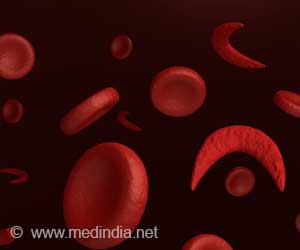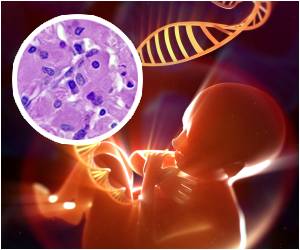A study shed new light on molecular tools our cells use to govern regulated gene expression. The study was led by researchers at the University of California, San Diego School of Medicine.

Researchers from California, Oregon, Singapore and Brazil made this finding while working toward an understanding of the most basic signals that direct cell function. According to Lovci, the work broadens the scope that future studies on the topic must consider. More importantly, it expands potential targets of rationally designed therapies which could correct molecular defects through genetic material called antisense RNA oligonucleotides (ASOs).
"This study provides answers for a decade-old question in biology," explained principal investigator Gene Yeo, PhD, assistant professor of Cellular and Molecular Medicine, member of the Stem Cell Research Program and Institute for Genomic Medicine at UC San Diego, as well as with National University of Singapore. "When the sequence of the human genome was fully assembled, under a decade ago, we learned that less than 3 percent of the entire genome contains information that encodes for proteins. This posed a difficult problem for genome scientists – what is the other 97 percent doing?"
The role of the rest of the genome was largely a mystery and was thus referred to as "junk DNA." Since then sequencing of other, non-human, genomes has allowed scientists to delineate the sequences in the genome that are remarkably preserved across hundreds of millions of years of evolution. It is widely accepted that this evidence of evolutionary constraint implies that, even without coding for protein, certain segments of the genome are vital for life and development.
Using this evolutionary conservation as a benchmark, scientists have described varied ways cells use these non-protein-coding regions. For instance, some exist to serve as DNA docking sites for proteins which activate or repress RNA transcription. Others, which were the focus of this study, regulate alternative mRNA splicing.
Eukaryotic cells use alternative pre-mRNA splicing to generate protein diversity in development and in response to the environment. By selectively including or excluding regions of pre-mRNAs, cells make on average ten versions of each of the more than 20,000 genes in the genome. RNA-binding proteins are the class of proteins most closely linked to these decisions, but very little is known about how they actually perform their roles in cells.
Advertisement
Since this premise defies existing models for alternative splicing regulation, whereby regulation is enacted very close to protein-coding segments, the authors sought to define the mechanism by which long-range splicing regulation can occur. They identified RNA structures – RNA that is folded and base-paired upon itself – that exist between regulatory sites and far-away protein-coding "islands." Dubbing these types of interactions "RNA-bridges" for their capacity to link distant regulators to their targets, the authors show that this is likely a common and under-appreciated mechanism for regulation of alternative splicing.
Advertisement
Source-Eurekalert











